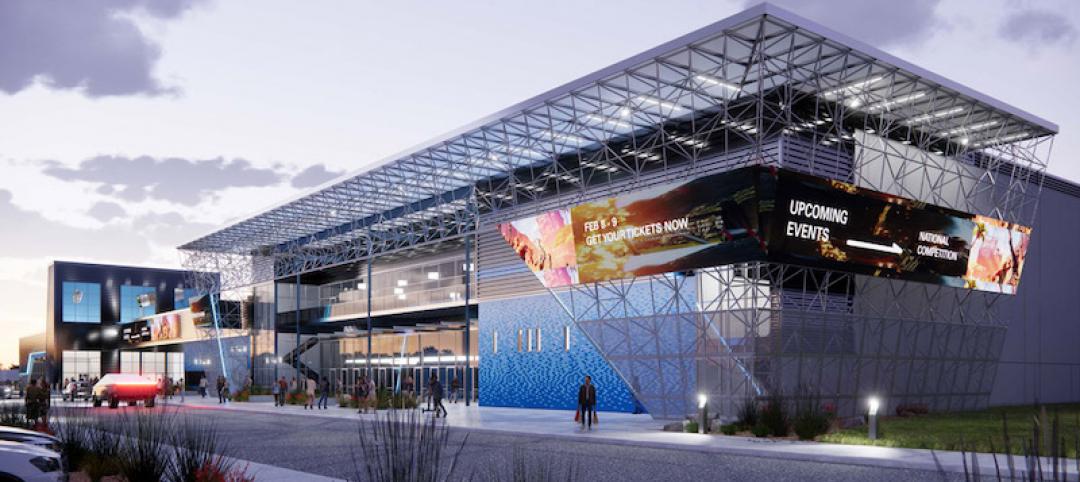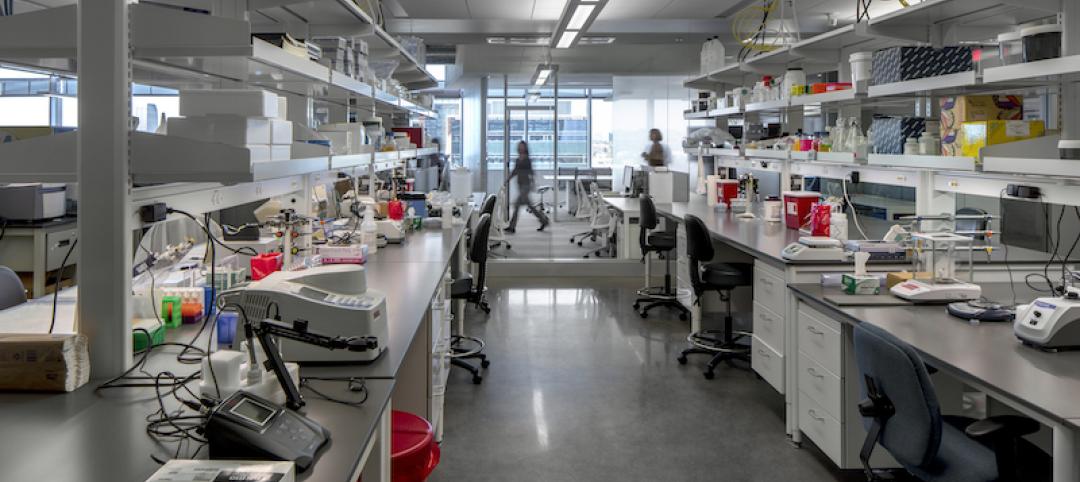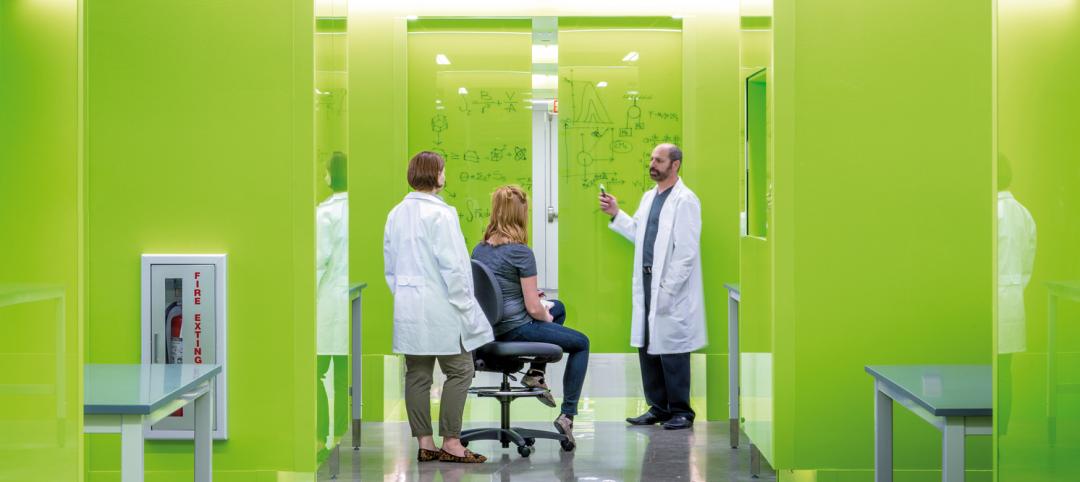HOK worked on the Francis Crick Institute for more than seven years. The firm was as much a mediator as it was the project’s architect and designer.
The 980,000-sf, $931 million facility is the result of a unique financing mechanism that brought together three of the U.K.’s heaviest funders of biomedical research—the Medical Research Council, Cancer Research UK, and the Wellcome Trust—and three leading universities—University College London, Imperial College London, and King’s College London.
“The Crick,” as it’s known, is organized into four “laboratory neighborhoods” that encourage multidisciplinary interaction among its 1,500 scientists. Offices and labs have floor-to-ceiling glazing. The facility is designed around two atria that allow visibility throughout the building and between floors.
David King, RIBA, Technical Principal for HOK’s London office, provides insider details about what it took to get the Francis Crick Institute from launch to completion.
According to King, the six partners that funded the institute had “different protocols and procedures, often different funding methods, and organizational structures.”
To build consensus about key expectations and outcomes, HOK established 12 main user groups, which HOK encouraged to focus on how the building’s operations would work in the future, and how best practices from other research facilities around the world could be incorporated.
“The fundamental challenge was whether the building would become home to six institutions sharing common facilities, or one institution made up of several constituents. Happily, it is the latter,” says King.
HOK also had to deal with outside forces that could have tied the project in knots. “The Commission for Architecture and the Built Environment, the Mayor of London, and Camden Council had widely differing views on how the building should look,” recalls King. Camden Council initially opposed the proposed development altogether, preferring to use the site for social housing.
PLP Architecture was appointed to the project because of its previous work with Camden’s planning department. “We worked with PLP to focus on the building’s envelope and outward expression in order to shape the building into a civic landmark that Camden would approve,” said King.
The solution: One-third of the structure is below ground level, and its curved roof design is meant to create a more inviting perspective for the surrounding community.
Over the course of the project, HOK retained at least seven other sub-consultants for their expertise in such areas as acoustics (Cole Jarman), lighting (Porkorny Lichtarchitektur), biological resource facilities (Boswell Mitchell & Johnson), shielding (VitaTech), building maintenance and systems access (REEF Associates), cladding (EPPAG), and computer graphics imagery (Glowfrog).
Related Stories
Giants 400 | Dec 3, 2020
2020 Laboratory Facilities Sector Giants: Top architecture, engineering, and construction firms in the U.S. laboratory facilities sector
Affiliated Engineers, HDR, and Skanska top BD+C's rankings of the nation's largest laboratory facilities sector architecture, engineering, and construction firms, as reported in the 2020 Giants 400 Report.
Laboratories | Nov 16, 2020
Washington State University’s new Plant Sciences Building opens
LMN Architects designed the project.
AEC Tech Innovation | Sep 18, 2020
New Innovation Center should heighten Port San Antonio’s tech profile
The facility will include a 2,500-seat arena and serve as new home for the city’s S&T museum.
Laboratories | Aug 25, 2020
Video: What's driving the boom in life sciences real estate?
JLL's Audrey Symes discusses the drivers of growth across the nation's life sciences cluster hubs.
Laboratories | Jul 24, 2020
Customized labs give universities a recruiting edge
CO Architects is among a handful of firms that caters to this trend.
Laboratories | Jun 24, 2020
CDC set to build the most advanced high containment laboratory in the country
Flad Architects, Page Southerland Page, and WSP will plan, program, and design the HCCL.
University Buildings | Jun 3, 2020
Renovation can turn older university buildings into high-performing labs
David Miller of BSALifeStructures offers technical advice on renovation of college and university laboratories and scientific research facilities.
Giants 400 | Aug 13, 2019
2019 Science + Technology Giants Report: Operational flexibility is a must for S+T buildings
The science and technology (S+T) sector is arguably the industry’s most complex because it caters to a diverse clientele with specific priorities and imperatives, according to Building Design+Construction's 2019 Giants 300 Report.
Laboratories | May 21, 2019
Georgia Tech Research Institute adds 350,000 sf of specialized tech facilities
McCarthy Building Companies with Flad Architects acted as the design-build team.
Laboratories | Apr 23, 2019
Translational health science environments: 6 strategies for open innovation and knowledge transfer
Simply putting researchers and clinicians in the same building with hopes that serendipitous collaborations will ensue will often not yield the outcomes organizations seek.
















